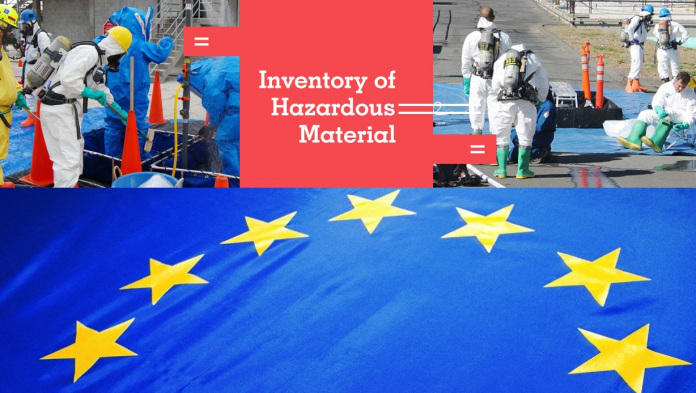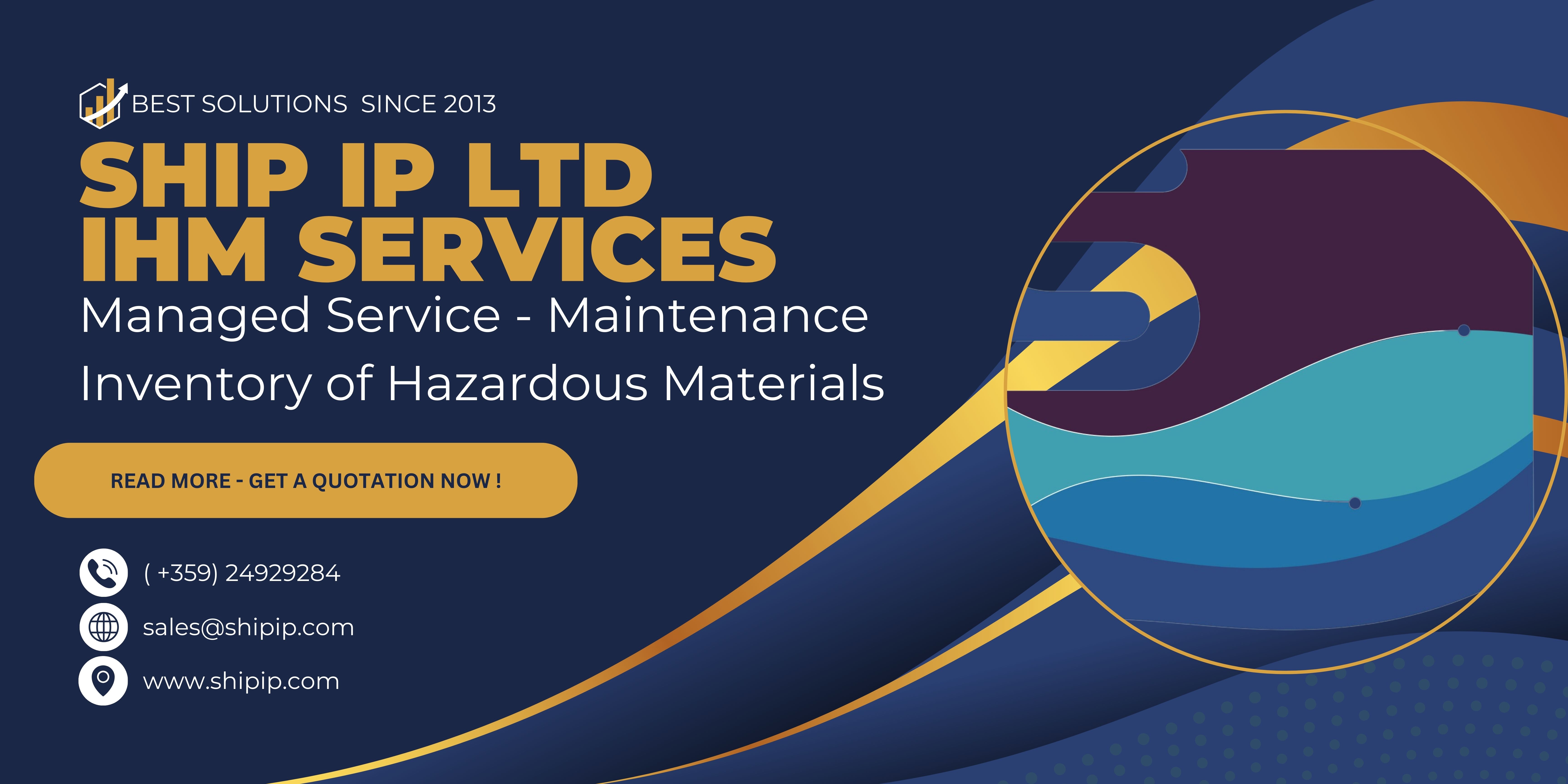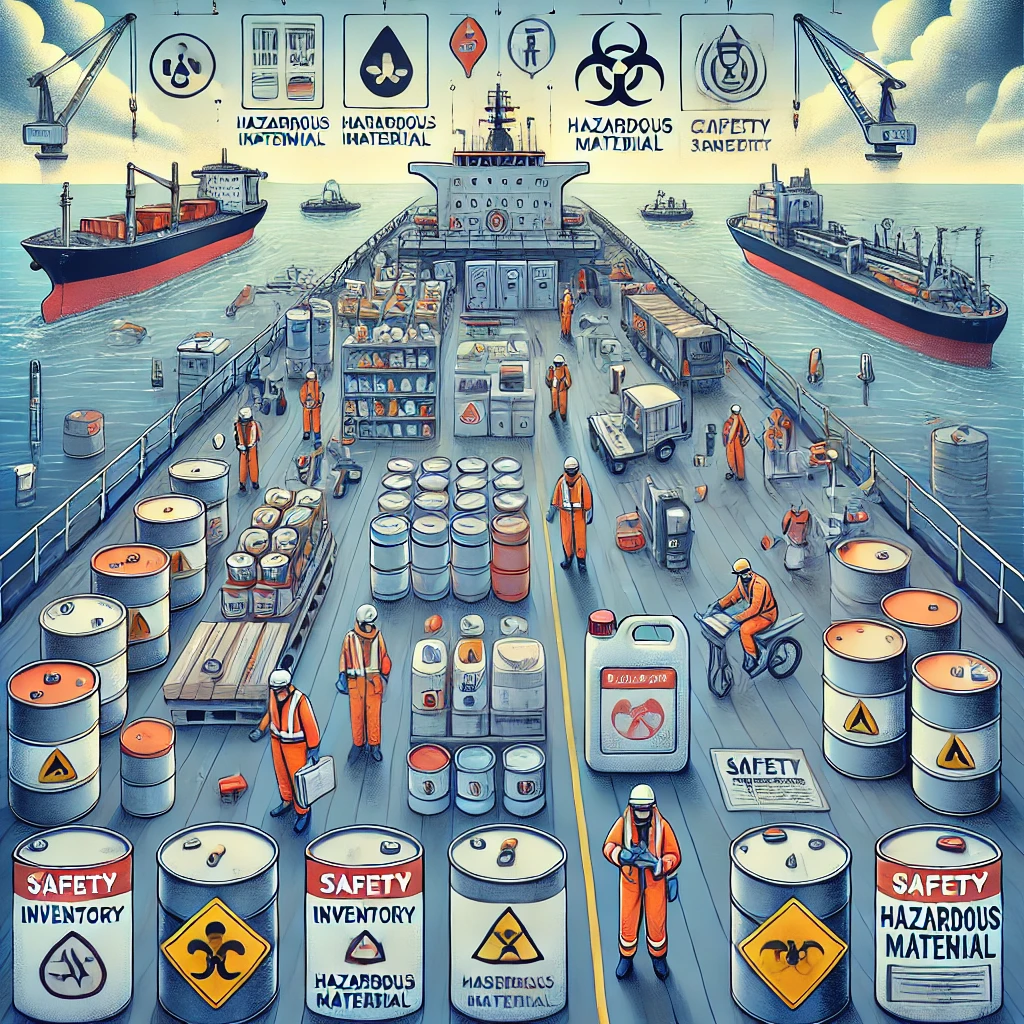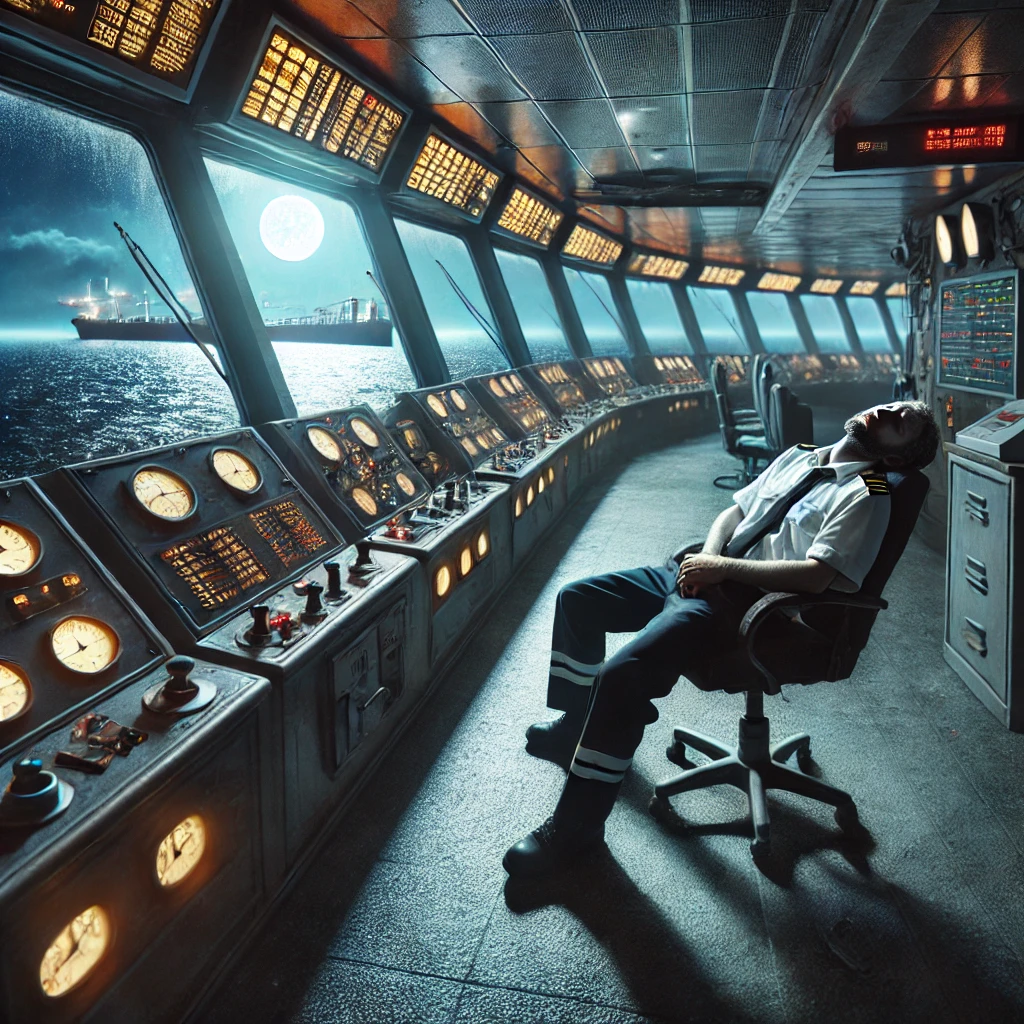Although the Other Regulated Material-Domestic (ORM-D) designation was phased out on January 1, 2021 for highway shipments, many shippers have questions about how to move forward. PHMSA recently responded to one question: Is a shipper required to remove or cover the ORM-D marking entirely, or can it appear in addition to the required limited quantity marking?
The Hazardous Materials Regulations (HMR) require limited quantity packages prepared for highway transportation to be marked with the limited quantity marking. There is no explicit requirement for the outdated ORM-D marking to be removed.
In an interpretation dated May 18, 2022, PHMSA warns that although the ORM-D marking may remain on a package when the correct limited quantity marking is used for ground shipping, this can be confusing and potentially problematic.
If both markings appear, the package may be rejected or removed from transportation since hazardous materials are no longer permitted to be reclassed as ORM-D. Not every shipper, carrier, or freight forwarder will see this letter of interpretation. Those that do not may be unsure about accepting or loading a package with both ORM-D and limited quantity markings.
Since the packages display the currently required limited quantity marking, the old ORM-D marking is not required to be removed prior to shipment. However, it is the opinion of this Office that the display of the ORM-D marking is confusing and may frustrate transportation of these packages because hazardous materials are no longer authorized to be reclassed as ORM-D for transport. Therefore, while not covering the phased-out ORM-D marking is not in violation of the HMR, we suggest that the best way to avoid frustration of the shipment is to cover the ORM-D marking and to discontinue its use in future shipments.
To help address this issue, PHMSA is working on a rulemaking to remove all references to ORM-D in the 49 CFR 172.101 Hazardous Materials Table. An FAQ page on PHMSA’s website to convert letters of interpretation like this one into an easy-to-read, public format is also under consideration. A public webinar is scheduled for June 27, 2022 to discuss the FAQ page and will accept comments until July 22, 2022.
What Happened to ORM-D?
The last day to use the ORM-D classification for highway shipments was December 31, 2020.
Shippers who used the ORM-D designation to ship small quantities of hazardous materials packaged for retail sale benefited from a multitude of reliefs. Now that ORM-D has been phased out, the same materials, in the same quantities, in the same packaging, mostly continue to qualify for relief under US DOT’s limited quantity regulations.
What changed was the label you affix to your packages. Ground shipments of limited quantities must carry the blank limited quantity mark. Limited quantity air shipments must display a “Y” limited quantity marking.
Want More on Limited Quantities?
Be confident you know how to package, mark, and label your limited quantity shipments now that ORM-D is O.V.E.R.
The Shipping Limited Quantities and Consumer Commodities online course provides reliable, up-to-date training to help satisfy DOT, IATA, and IMDG training mandates for hazmat employees who prepare or offer limited quantity shipments for ground, air, or vessel transport.









